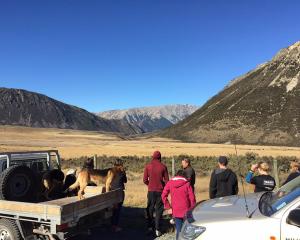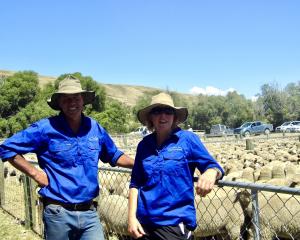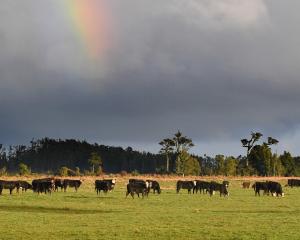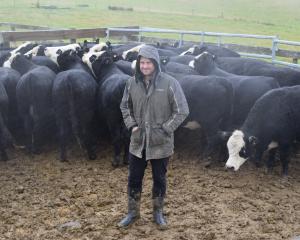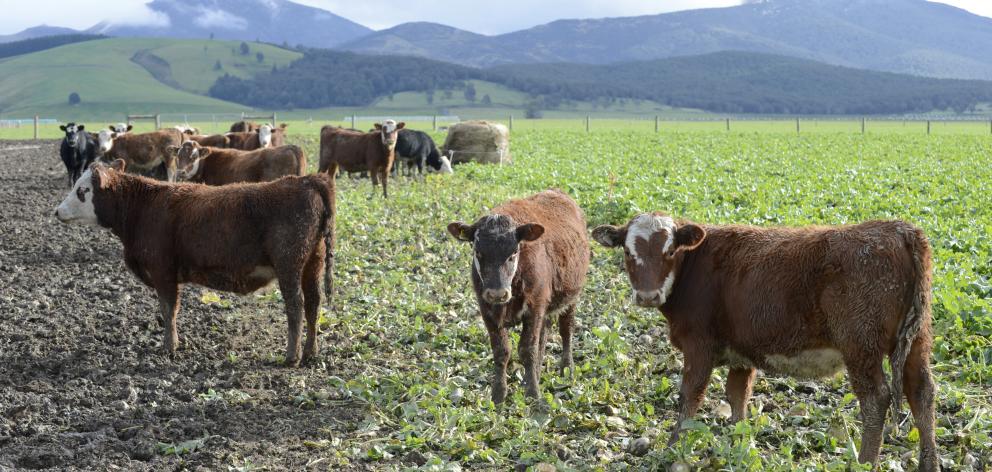
Prices were expected to be about 5% lower than in the previous season as softening in the US market was expected to more than outweigh the price positives of solid Chinese demand, less New Zealand volume and a lower New Zealand dollar, BNZ rural economist Doug Steel said in the bank's latest Rural Wrap.
Beef + Lamb New Zealand expected production to fall by 3.1% in the 2018-19 season, with an equivalent anticipated reduction in export volumes.
Expected reductions in cow and bull slaughter numbers were the key drivers, following large increases for both in the season just ending.
In Westpac's latest Agri Update, senior economist Anne Boniface looked at developments in beef markets internationally.
Droughts in both the US and Australia were expected to add to global beef supply in the year ahead.
Further down the track, assuming the weather improved, the bank expected a period of restocking to lead to tighter supplies, helping to underpin prices.
The US herd went through a rebuilding phase from roughly 2014 to 2016, with meat production lifting over the past couple of years as that rebuilding phase finished.
However, the US had recently been experiencing drought in major cattle regions, which was further adding to supply.
The USDA expected US beef production to lift from 27.1 billion pounds in 2018 to 27.7 billion pounds in 2019. In addition to increased supply, US beef exports had been growing strongly.
Australia was another supplier of beef into New Zealand's key export markets, including the US and China.
The Australian herd had entered a destocking phase due to drought in Queensland and New South Wales.
Meat and Livestock Australia was forecasting a 10% lift in export volumes for calendar year 2018. Drought had also led to lower slaughter weights.
In 2017, New Zealand was the sixth-largest global beef exporter, accounting for about 6% of global exports.
Domestic beef cattle numbers had fallen steadily since the mid-1990s as profitability in the sector came under pressure and land was converted to dairying.
However, there was a 2.3% lift in the national beef cattle herd in 2017 as dairy conversions stalled and profitability in the sector improved on the back of higher meat (both beef and lamb) prices.
Beef + Lamb New Zealand estimated numbers grew another 1.7% in the year to June 2018, led by a lift in South Island cattle numbers.
Looking ahead, further growth and another 1.9% lift in cattle numbers by June 2019 was forecast. But as herds grew, the number of cattle processed for export was expected to shrink by 3% in 2018-19.
Ms Boniface said the beef industry faced both risks and opportunities as it looked forward to the next decade.
Beef exporters had the potential to benefit from further improvements to trade agreements.
The sector was one of the winners under the CPTPP agreement with improved access to Japanese markets in particular.
That would help New Zealand producers - among others - level the playing field with Australian exporters who were already benefiting from signing a free-trade agreement with Japan in 2014.
It also added to pressure on US suppliers, as the US was without a trade deal with Japan. Similarly, New Zealand's access to the Chinese market had improved in recent years as exporters dipped their toes in the water with chilled meat exports under a trial agreement.
New Zealand trade negotiators would also be looking to improve access to European markets as trade deals were renegotiated in the wake of Brexit next year.
On the flip side, there were also implications for New Zealand producers from US president Donald Trump's America First policy and the associated tit-for-tat trade war with China.
Disease and biosecurity incursions remained an important risk in the industry, both locally and abroad.
Another threat to New Zealand's beef industry - and meat industry more broadly - came as synthetic meat moved from the laboratory to the supermarket aisle and ''local burger shop''.
The sector would need to keep up to speed with those developments and be front-footed when it came to tackling both the threats and opportunities they brought, she said.


